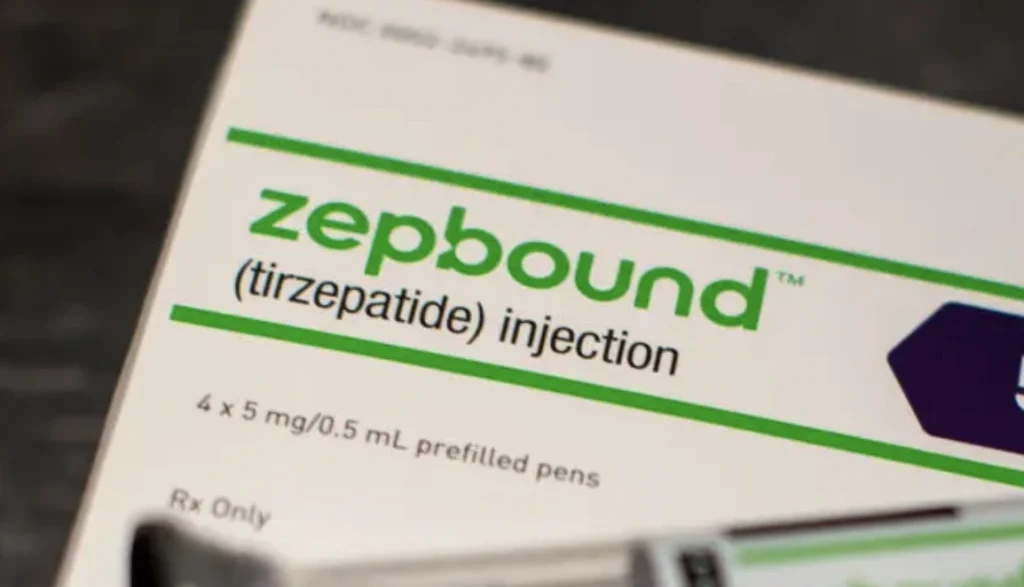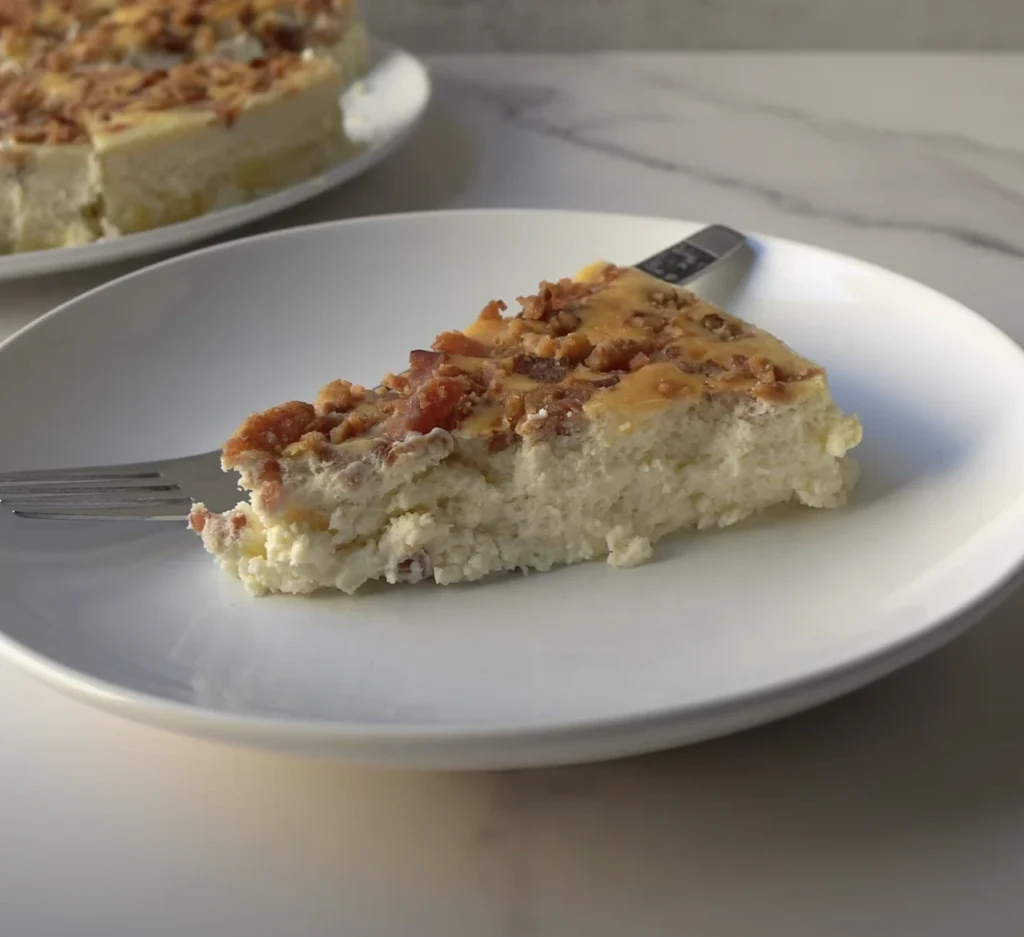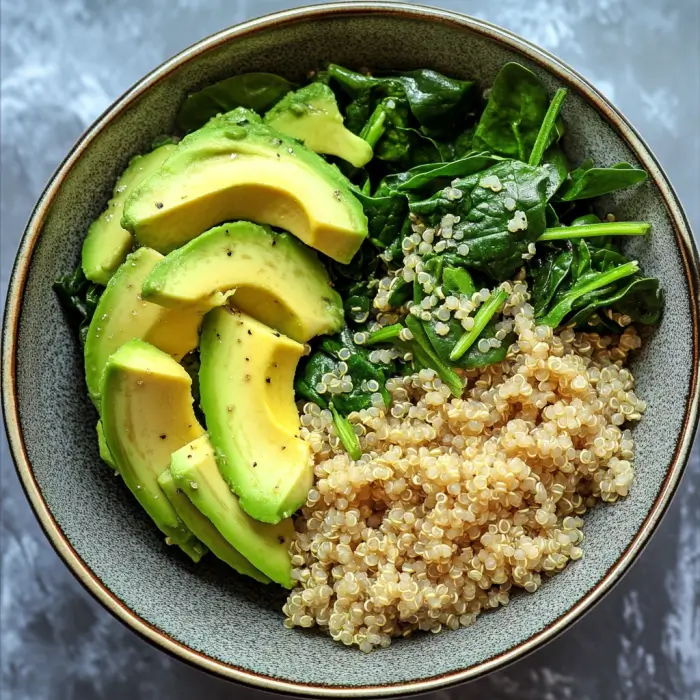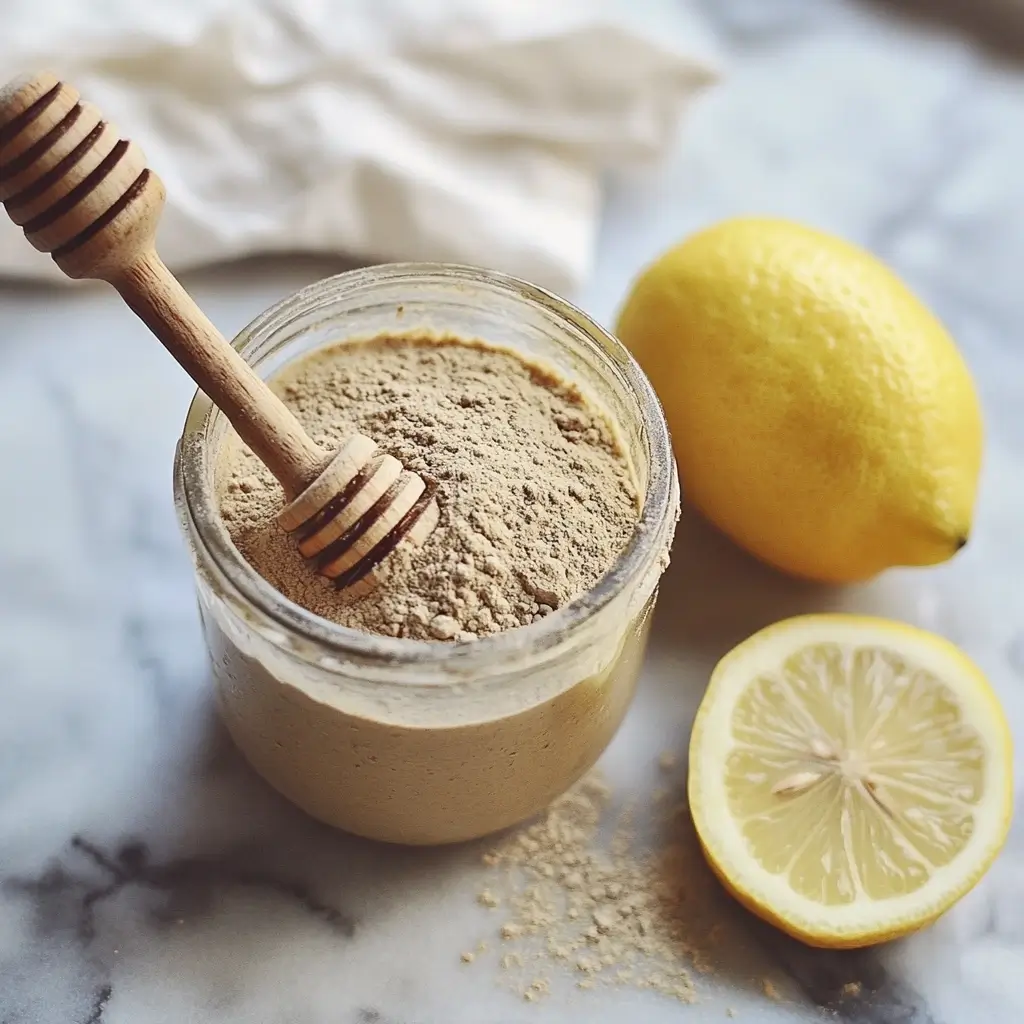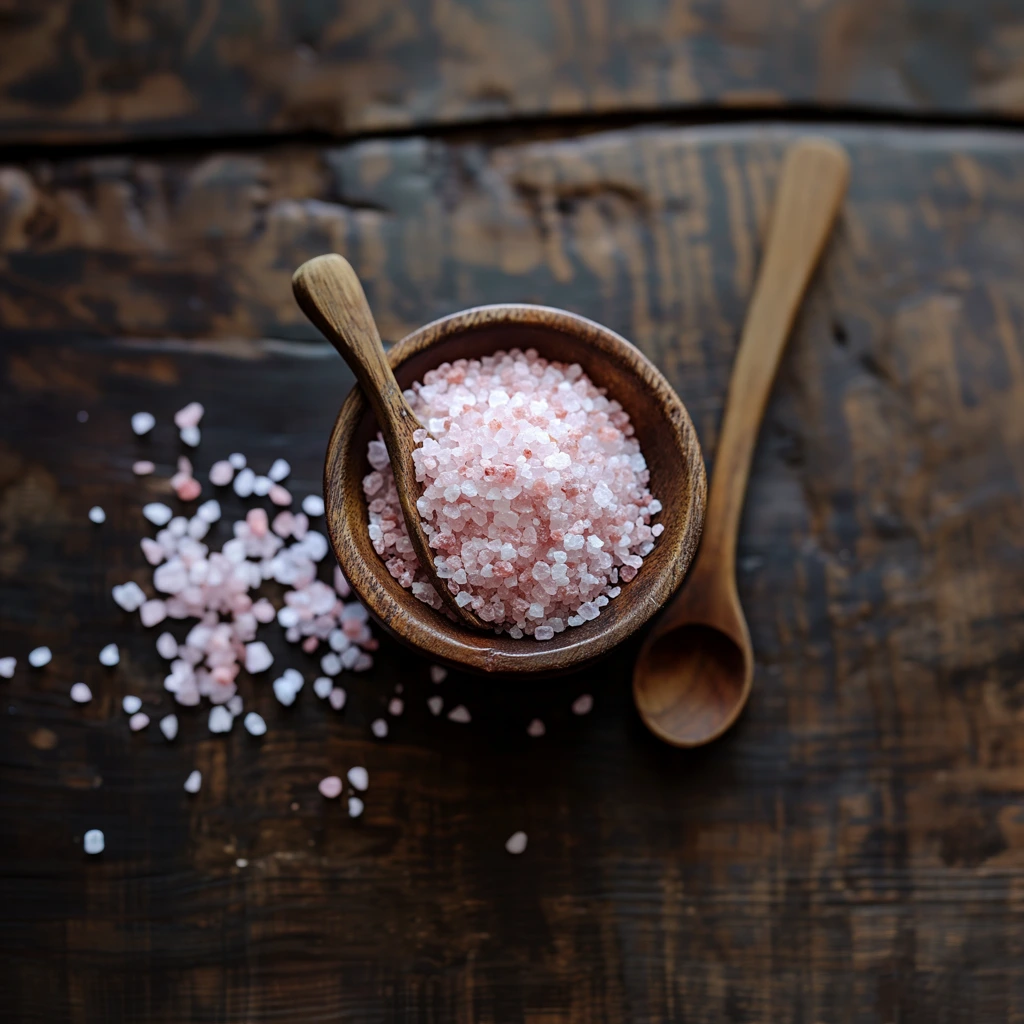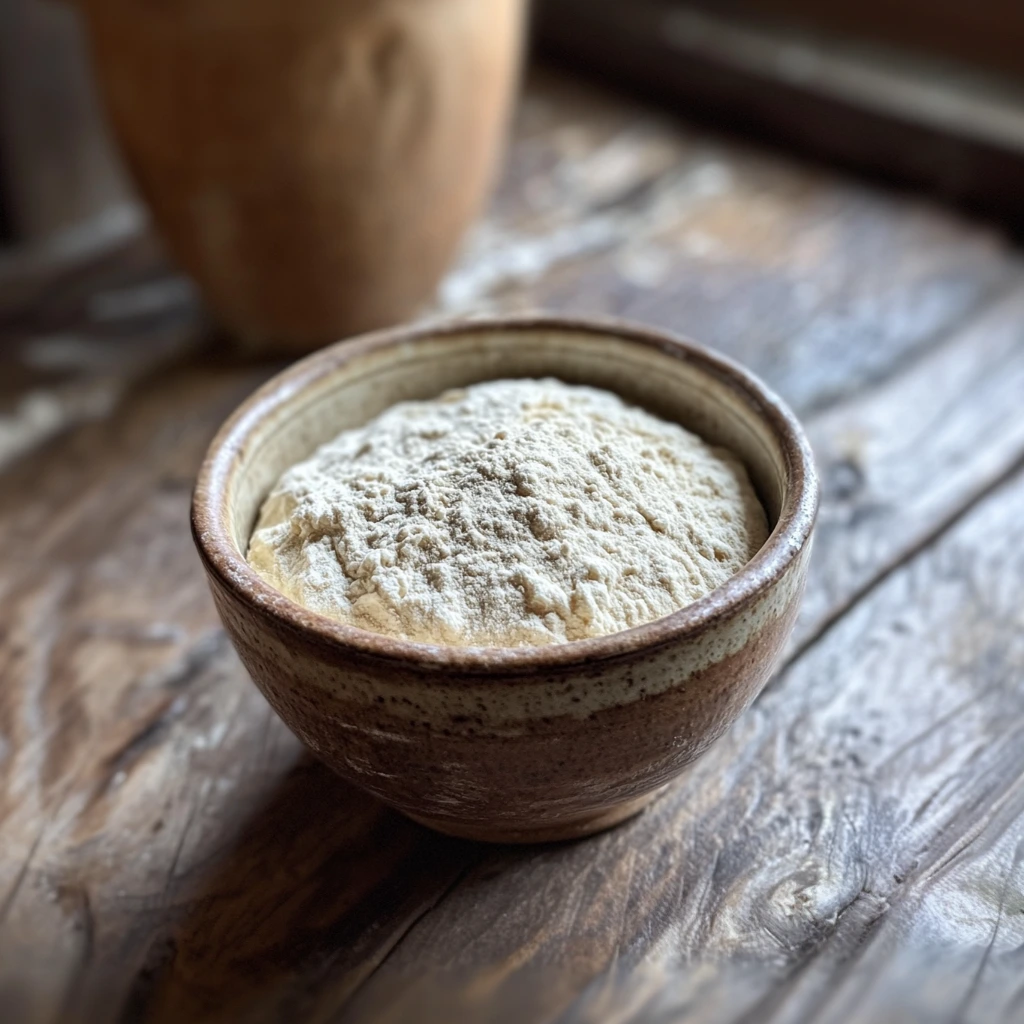
Using Instant Yeast Instead of Active Dry Yeast in Baking
If you’re in the middle of baking and realize you have instant yeast instead of active dry yeast, don’t worry—you can still make delicious bread, rolls, or any other yeast-based recipes! While they’re not identical, instant yeast and active dry yeast are both highly versatile leavening agents that can work interchangeably in most recipes with a few simple adjustments. Here’s how to use instant yeast instead of active dry yeast, the benefits of each type, and a few key tips for getting the best results.
What’s the Difference Between Instant Yeast and Active Dry Yeast?
The main difference between instant yeast and active dry yeast is how they’re processed and how they behave in recipes.
- Instant Yeast: Also called rapid-rise or bread machine yeast, instant yeast is more finely ground and designed to be mixed directly into dry ingredients. It doesn’t need to be dissolved in water first, and it activates faster than active dry yeast, allowing for a quicker rise.
- Active Dry Yeast: This yeast has larger granules and needs to be dissolved in warm water before being mixed into the dough. It takes slightly longer to activate and rise, making it ideal for recipes with longer fermentation times.
Both types of yeast are interchangeable in recipes, but the method and timing may vary slightly to get the desired results.
How to Use Instant Yeast Instead of Active Dry Yeast
Using instant yeast instead of active dry yeast is straightforward with these steps:
1. Adjust the Quantity
In most cases, you can use the same amount of instant yeast as active dry yeast. However, since instant yeast is slightly more concentrated, you may reduce the amount by 25% for recipes that require a long rise.
Example: If a recipe calls for 1 teaspoon of active dry yeast, you can use 3/4 teaspoon of instant yeast.
2. Skip the Proofing Step
Instant yeast does not require proofing (dissolving in warm water), unlike active dry yeast. Instead, simply add instant yeast directly to the dry ingredients and mix as usual. This saves time and reduces the risk of over-proofing or cooling down the water too much before it reaches the dough.
3. Adjust the Rising Time
Instant yeast typically causes dough to rise faster than active dry yeast, which may require you to keep an eye on your dough. Check the dough periodically, as it may be ready in 30–40% less time than the recipe calls for.
Tip: For dough that needs a slower rise for flavor development, place it in a cool spot, or refrigerate for a slower, overnight rise.
Benefits of Using Instant Yeast
- Quicker Rise Time: Instant yeast is designed for a rapid rise, which is perfect when you’re in a rush.
- No Need to Proof: Skip the step of proofing yeast in water, which makes the process simpler and quicker.
- Reliable and Consistent Results: Instant yeast is easy to work with and delivers consistent results, even for beginners.
Tips for Baking with Instant Yeast
- Check Freshness: Instant yeast can lose potency over time. Check the expiration date, and store it in an airtight container in the refrigerator or freezer to extend its shelf life.
- Use a Thermometer: If you’re adding liquids to dough, make sure they’re at the right temperature—usually around 120°F to 130°F for instant yeast. Too hot, and you risk killing the yeast; too cold, and it will slow down the rise.
- Add Sugar or Honey for a Boost: Adding a teaspoon of sugar or honey helps feed the yeast, which can give dough a faster rise. This is particularly helpful if your recipe includes whole grains or seeds that might slow down yeast activity.
- Consider Double Proofing for Extra Flavor: While it’s not necessary, you can still proof instant yeast by dissolving it in a little warm water for 5–10 minutes before adding it to the dough. This can slightly enhance the flavor of breads and give you assurance that the yeast is active.
Frequently Asked Questions
Q: Can I substitute instant yeast for active dry yeast in all recipes?
A: Yes, you can use instant yeast in place of active dry yeast in most recipes, although you may need to slightly adjust the amount and rise time.
Q: Can I skip the first rise when using instant yeast?
A: While some recipes allow for this, it’s generally recommended to keep both rises for better texture and flavor, especially with bread recipes.
Q: Can I store opened instant yeast?
A: Yes, store it in an airtight container in the refrigerator for up to a month or in the freezer for longer storage (up to 6 months).
Popular Recipes for Using Instant Yeast
Here are a few recipes where instant yeast can shine and save you time:
- Quick Dinner Rolls: Instant yeast cuts down on the rise time, so you can have soft, fluffy rolls in under an hour.
- Pizza Dough: A fast, foolproof dough that’s ready for topping in just minutes.
- Focaccia Bread: The faster rise of instant yeast allows you to make this light, airy bread in a shorter time frame without sacrificing flavor.
- Cinnamon Rolls: For a quicker version of this classic treat, instant yeast will get your dough fluffy and ready to bake faster.
Final Thoughts
Switching to instant yeast from active dry yeast is simple, convenient, and perfect for those who need quicker results without compromising quality. By following the above tips, you’ll get reliable, delicious results from your Instant Pot dough, bread, or pastry recipes. Enjoy the flexibility instant yeast offers and start baking with confidence!






